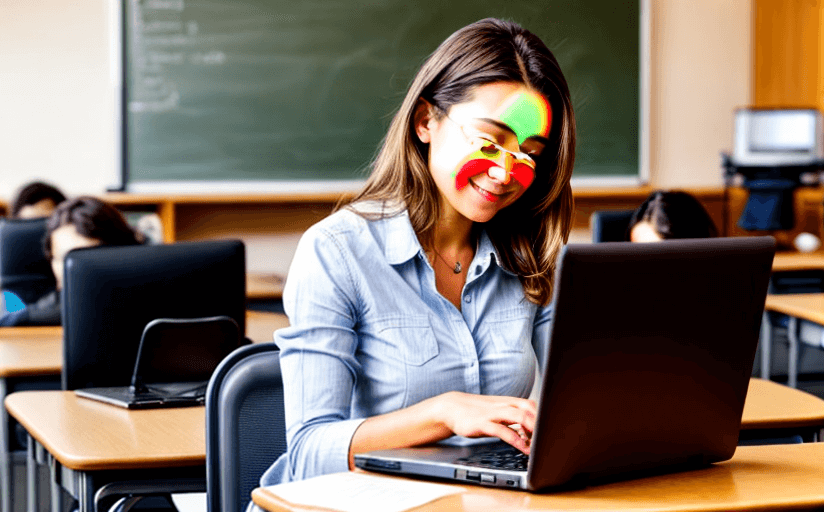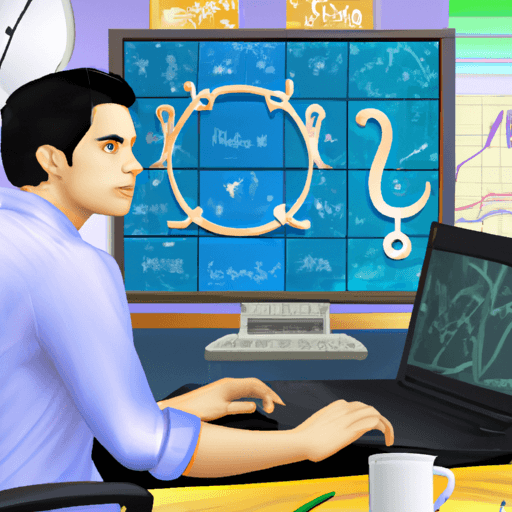The Impact of Technology on Education
Technology has drastically changed the way we learn and access educational materials. In recent years, the use of tablets, computers, and other digital devices in the classroom has become increasingly popular and widespread. This has resulted in a shift in the way students learn, and has had both positive and negative impacts on education. In this article, we will explore how technology can both enhance and detract from the traditional learning experience, and analyze the current state of technology in education and its effect on the way students learn.
Positive Impacts of Technology on Education
One of the major positive impacts of technology on education is the ability to access educational materials online. With the rise of the internet, students now have access to a wealth of information at their fingertips. This can make it easier for students to access and research topics, which can lead to a more informed and comprehensive understanding of the material. Additionally, the use of digital devices in the classroom can create a more interactive learning environment, which can help students stay engaged and motivated.
In addition, technology has the potential to improve educational outcomes. Technology can be used to facilitate collaboration between students and teachers, allowing for more effective communication and more efficient problem-solving. Technology also has the potential to personalize learning, allowing teachers to tailor lessons to each student’s individual learning style and needs.
Negative Impacts of Technology on Education
One of the major negative impacts of technology on education is the potential for distraction. With the ability to access the internet, students can become easily distracted by online content and can lose focus on their studies. Additionally, the use of digital devices in the classroom can create a disconnect between students and teachers, as students may be more focused on their devices than on the lesson.
Furthermore, technology can create an unequal learning environment. Not all students have access to the same level of technology, which can lead to disparities in learning outcomes. This can create a digital divide between students and can make it difficult for all students to get the same quality of education.
Conclusion
Overall, technology has had both positive and negative impacts on education. While technology can make it easier for students to access and research educational materials, it can also lead to distraction and a digital divide. It is important for educators to be aware of the potential impacts of technology on education and to take measures to ensure that technology is used in a way that enhances, rather than detracts from, the traditional learning experience.


















Comments
Leave a Comment